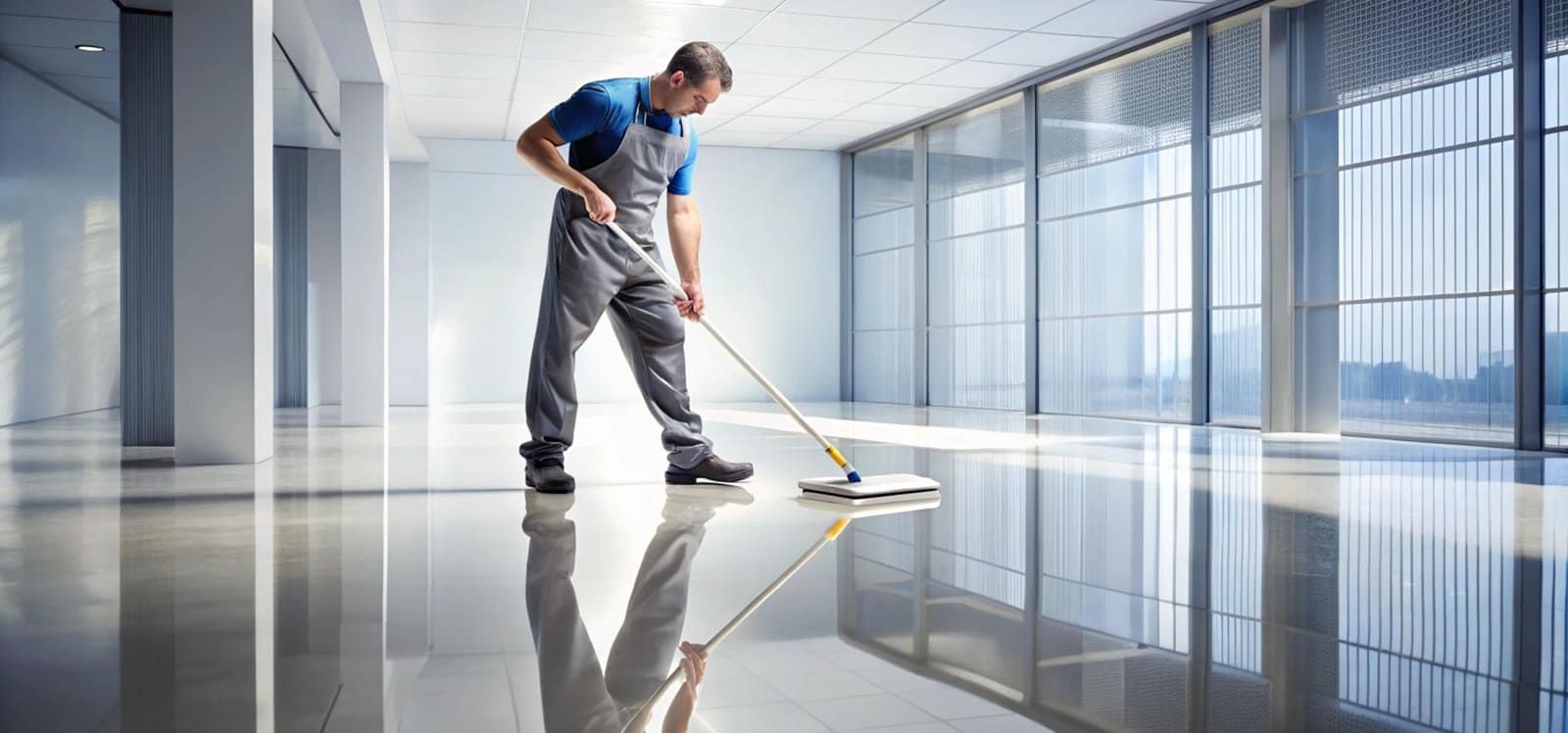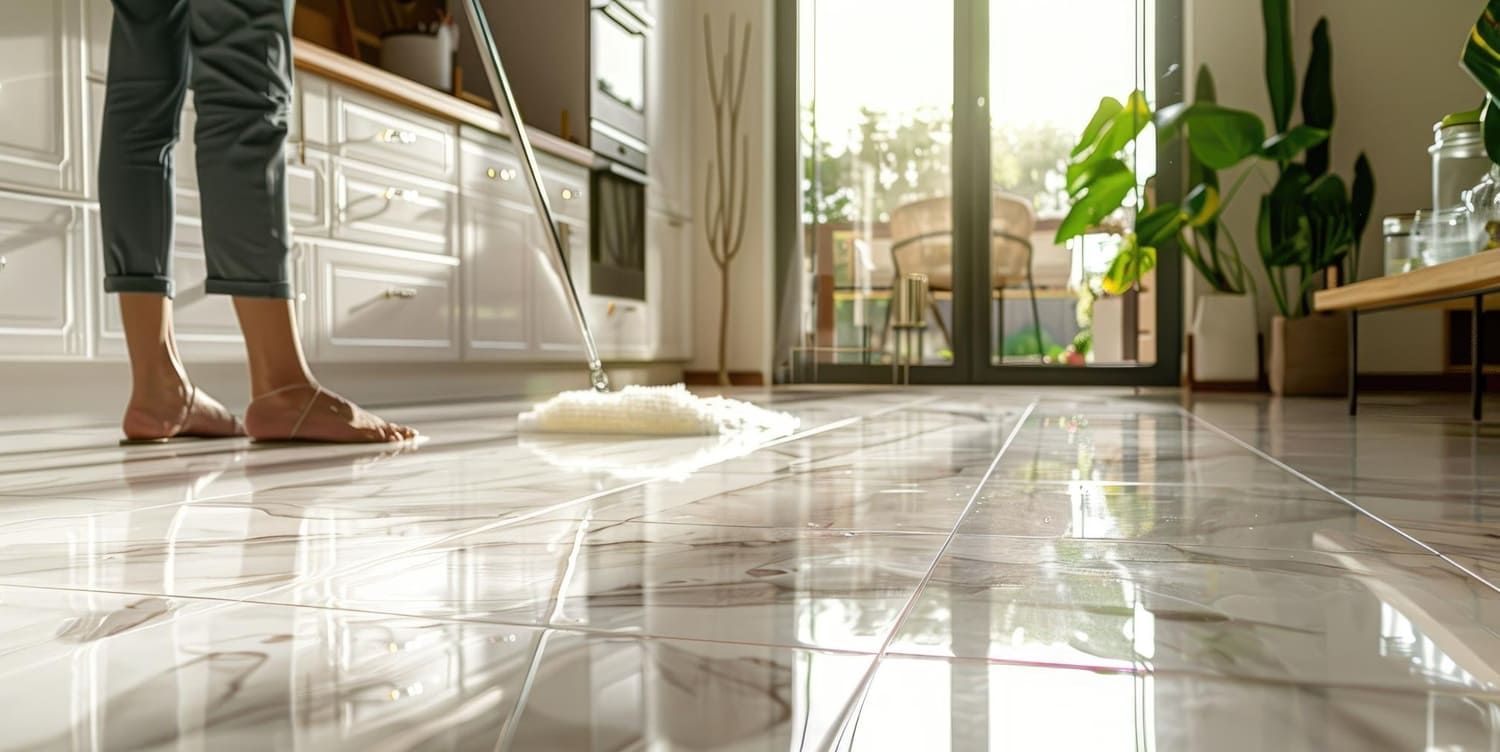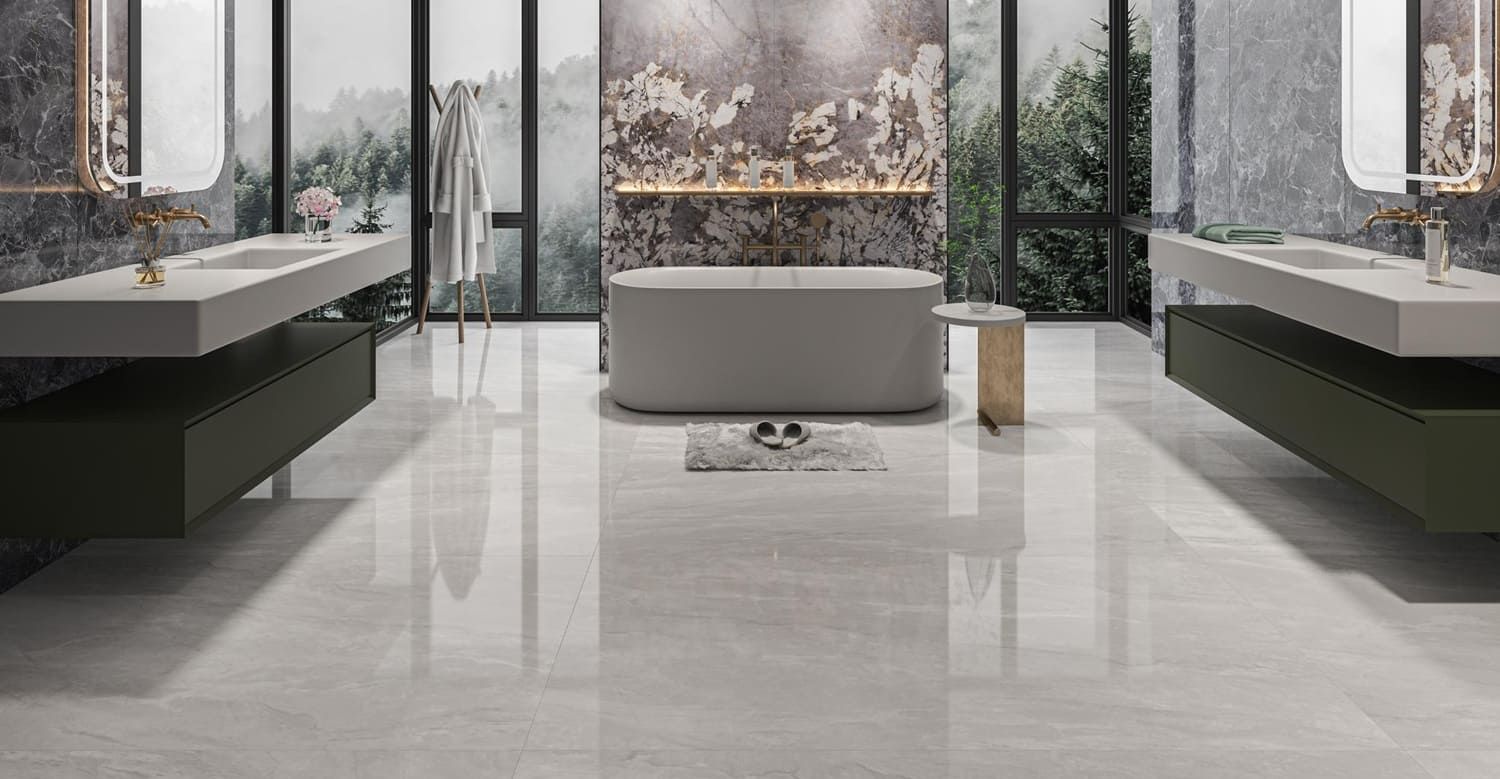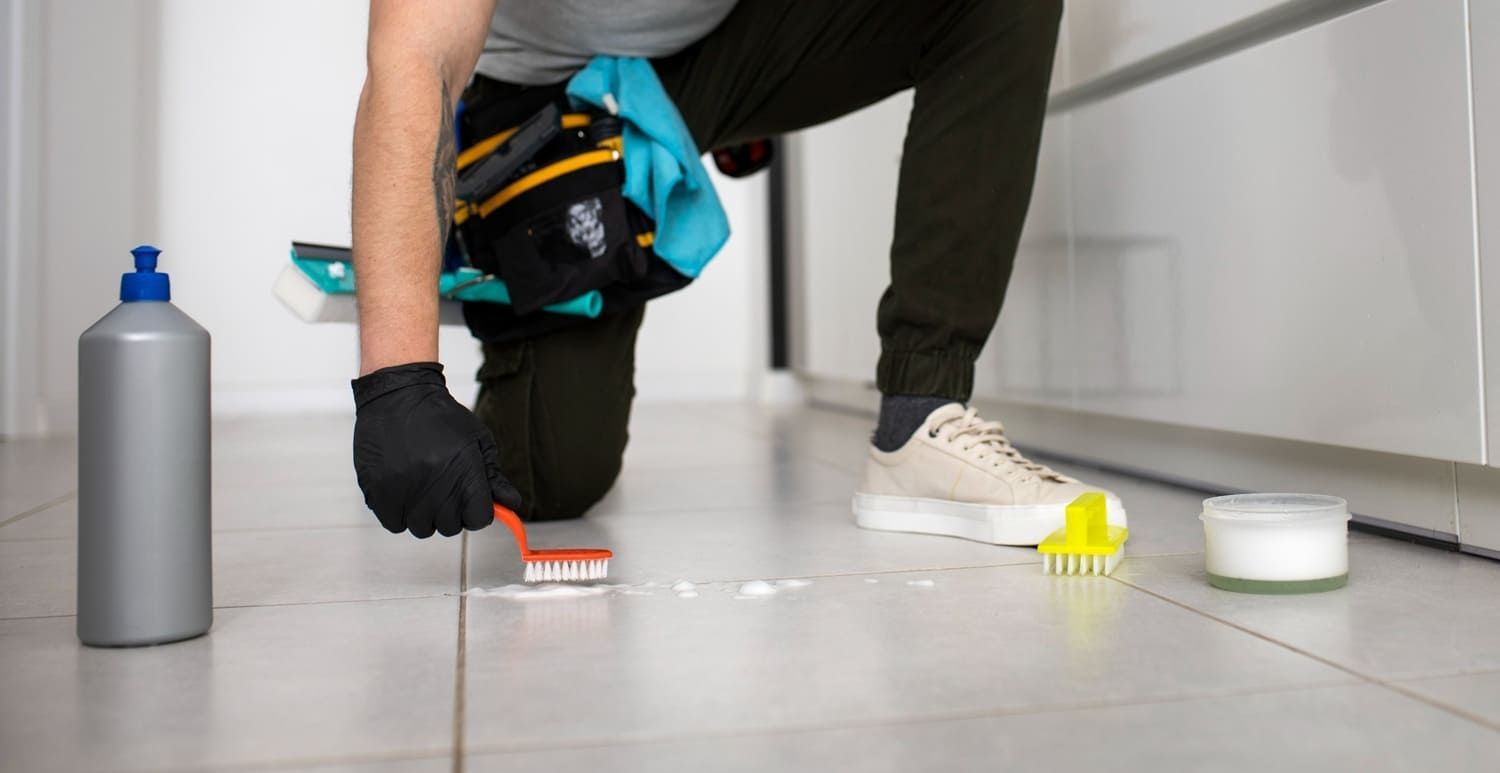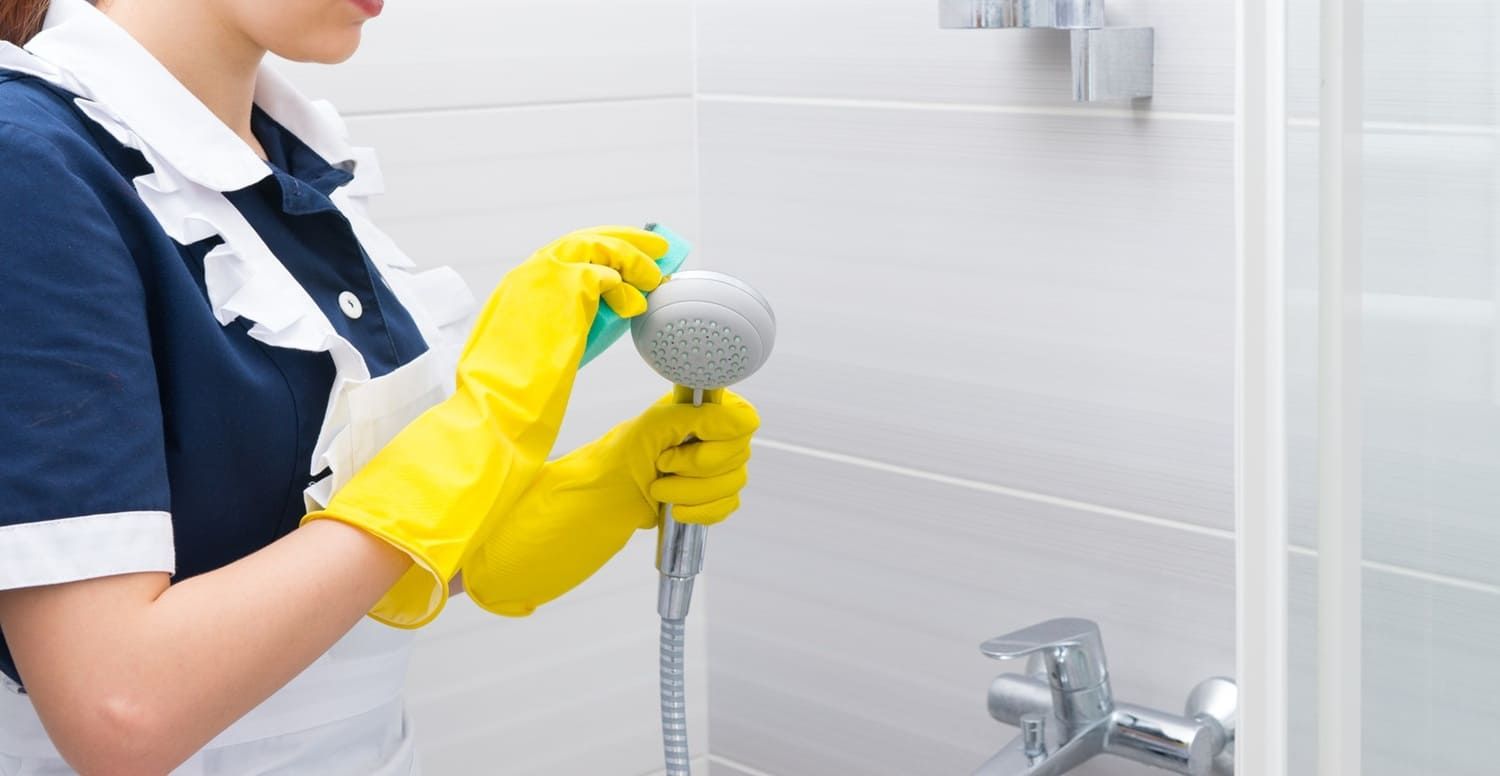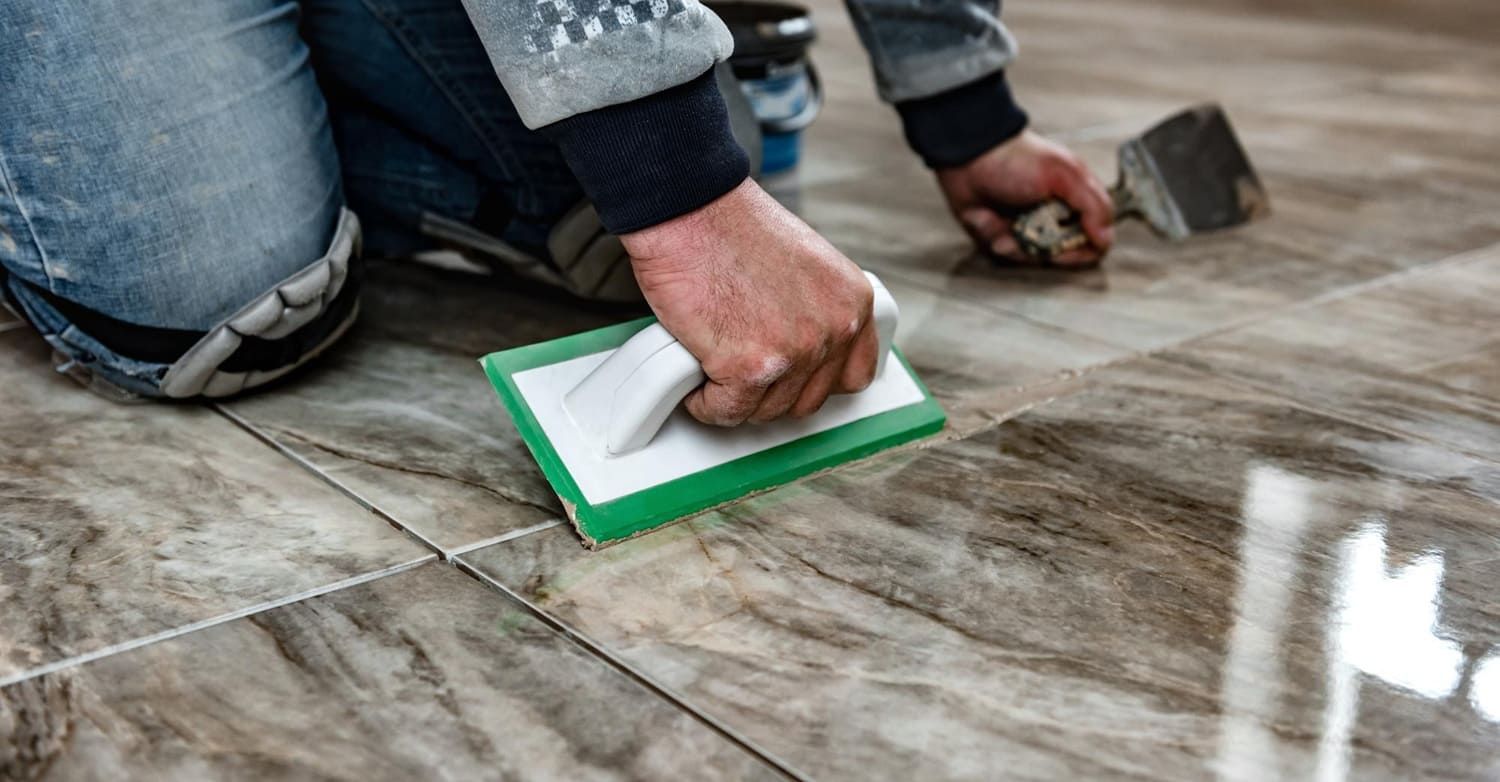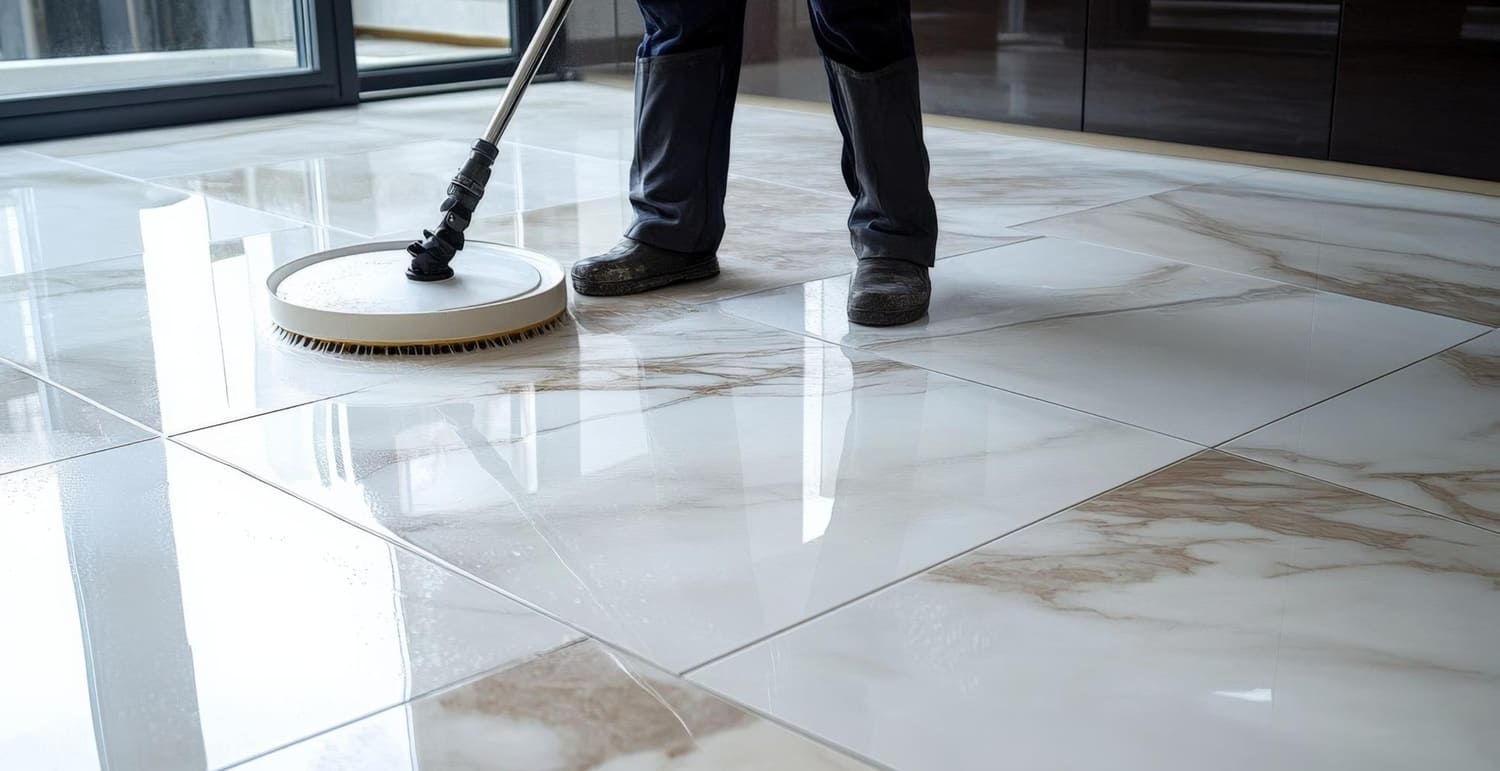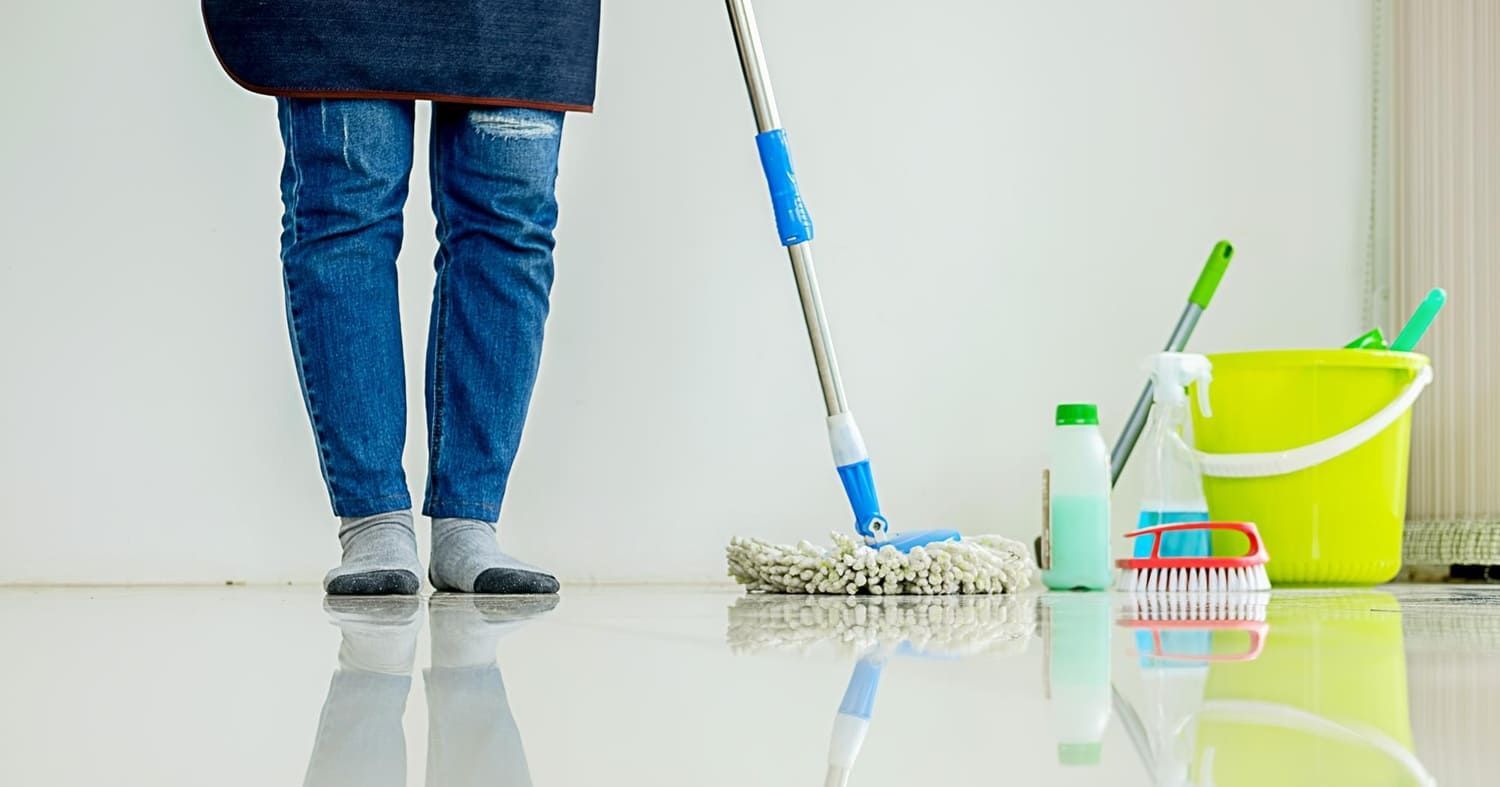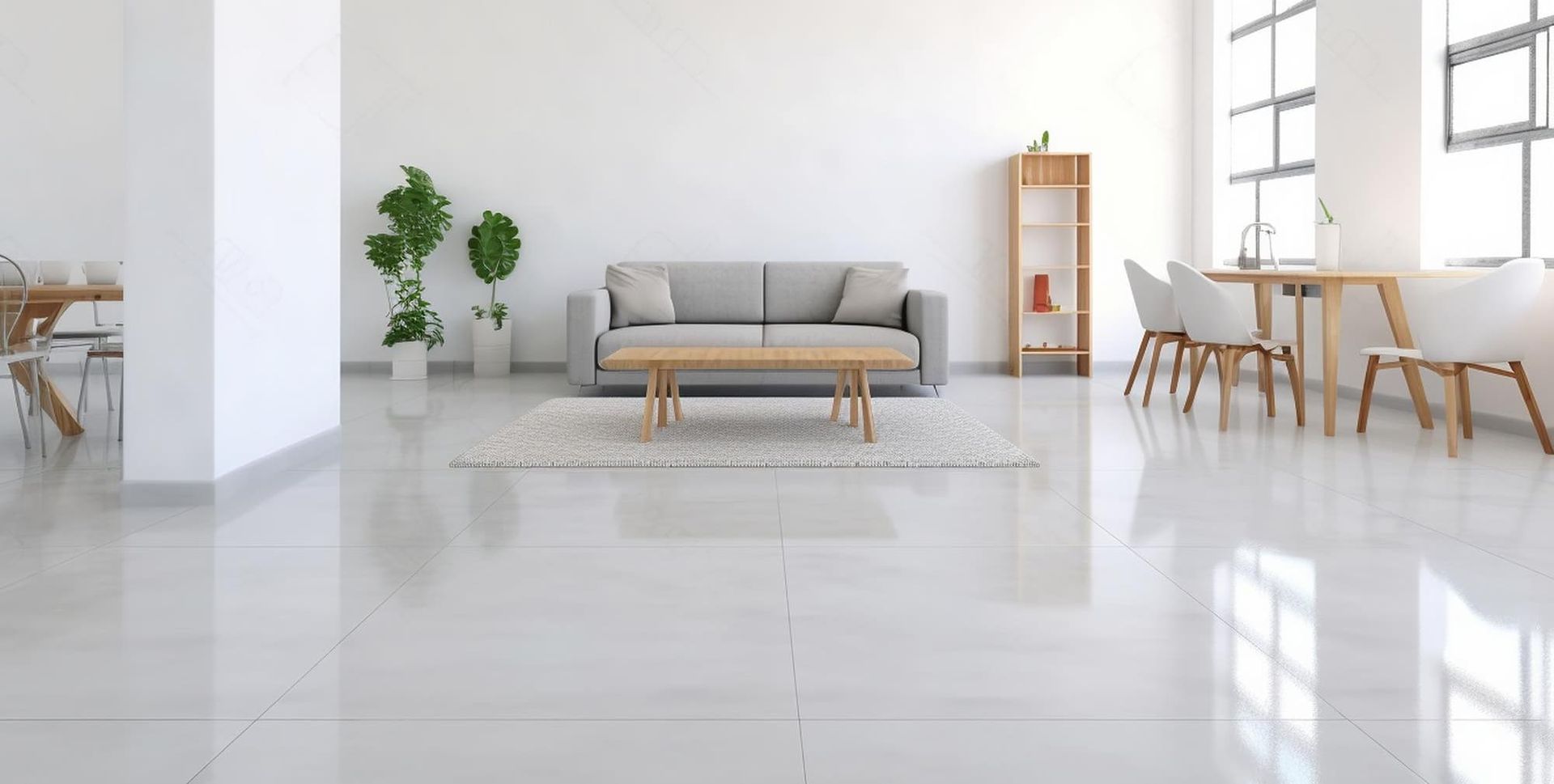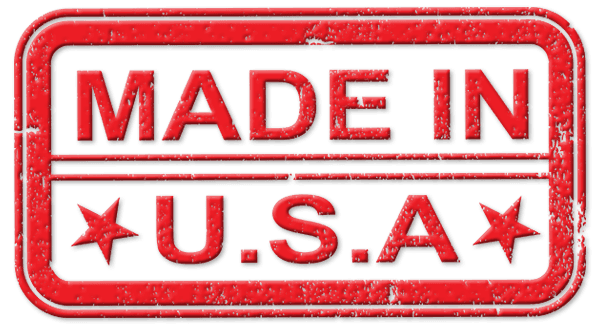A Complete Guide to the Best Floor Cleaner for Each Floor Type
Nothing compares to a beautiful freshly-cleaned floor! Click here to learn about the best floor cleaner for every finish!
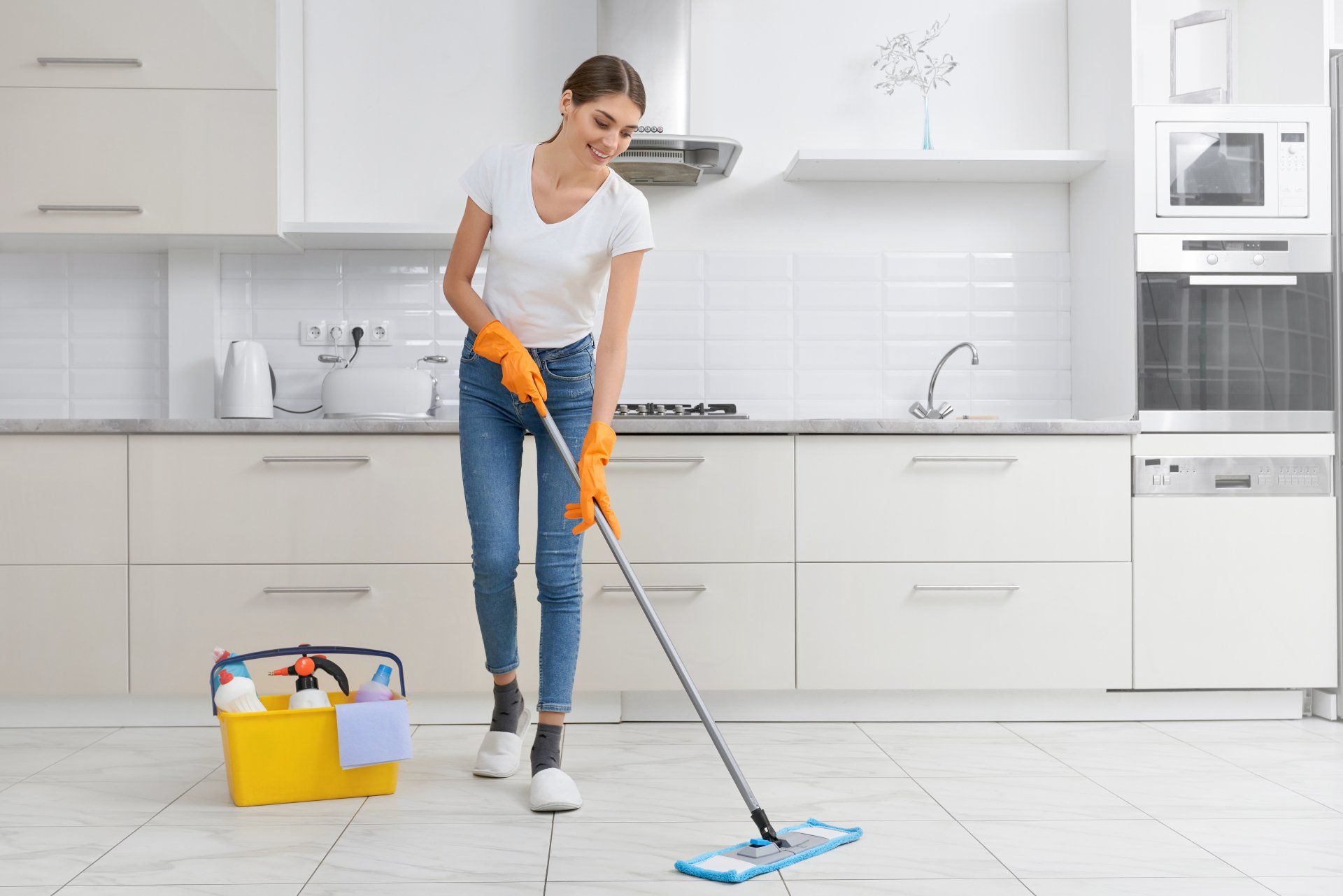
We've all done it. You drop a cookie or some piece of food and eye the food on the floor, at least considering the five-second rule. But really, how clean are the floors in your home?
Even in the tidiest of houses, kitchen floors have, on average, three colonies per square inch of coliform bacteria.
And if you were standing on a carpet flooring...that could be hiding pet hair, mold, and skin flakes.
No matter the surface, we can help you find the best floor cleaner to keep your floor truly deep clean, and sparkling.
Picking the Best Floor Cleaner
The best floor cleaner depends on the type of floor that you need to clean. Each flooring material has special needs to be met for proper care and cleaning.
A few things that all cleaners should have in common are to be non-toxic, safe for humans and pets, environmentally friendly, and deliver consistently high-quality results.
Cleaning Wood Flooring
It's hard to beat the look of classic hardwood floors in a home, but they can be tricky to clean if you aren’t familiar with them.
In an average home, hardwood flooring should be thoroughly cleaned four to six times per year. For day-to-day cleaning, sweep with a soft-bristled broom, or vacuum with a soft floor nozzle.
Occasionally mop with a damp (not soaking) mop with a soft sponge flat-head mop and a wood flooring cleaner with a neutral solution.
To get the floor to really shine, strip away any old, built-up wax with mineral spirits and then apply a new layer of solvent-based wax.
Cleaning Linoleum Flooring
Linoleum flooring is often chosen as a durable and cost-effective flooring option. They can also seem like a breeze to clean with a simple sweep and mop.
But much like hardwoods, linoleum is best cleaned with a small amount of water and a ph-neutral linoleum flooring cleaner.
Some good general tips for linoleum flooring are never using an ammonia-based cleaner on your linoleum, don’t let water pool on the floor, and only strip the floors once a year.
For extra protection and shine, a linoleum polish can be applied periodically.
Cleaning Tile Flooring
When cleaning tile floors, there are really two surfaces to consider: the tile material and the grout in between.
For most tile surfaces, like wood and linoleum, you should start with a sweep or vacuum to remove loose debris. Follow that with a mopping with a chamois or rag mop.
If tiles are discolored, use a tile flooring cleaner for the stains. Hazy residue can be removed with a cleaner made to remove calcium build-up and hard water spots.
When cleaning tile, it also matters what type of material the tile is. Tiles come in stone, ceramic, and porcelain (both glazed and unglazed).
Natural stone requires a pH solution and should be cleaned with a soft material (avoiding scouring pads or bristle brushes).
Because they are porous, natural stone tiles should also be sealed with a natural stone sealer to protect the tiles from deep stains.
You can also choose to use a sealer and enhancer product that will not only protect but also bring out the “depth” of the stone and intensity of the colors, giving extra beauty and protection in one product.
Travertine tile is made with limestone that was formed by mineral deposits in natural springs. It is versatile and comes in a variety of surface finishes. It should be sealed with a product specifically made for sealing travertine.
Polished Porcelain and ceramic tiles are generally easiest to clean and require just a soft mop and mild detergent. The floor should not air dry but be dried with soft towels to prevent water spots.
Grouts: Mildew, mold, and dirt can collect in the grout between tiles. Apply a commercial grout cleaner and scrub with a stiff-bristled brush.
To make the job easier, a combination grout cleaner and sealer in one can speed up the process by cleaning and re-sealing with every use.
Cleaning Carpeted Flooring
Carpets offer lots of options in color and textures but can also hide all sorts of dirt and debris in the fibers. Carpeting can even harbor allergens that can trigger asthma, so it is important to keep them as clean as possible.
Frequent vacuuming (at least once a week) will keep your carpets clean and fresh, but there are a few tips and tricks to keeping them extra clean.
For spills, remember to blot and not rub while cleaning the liquid. Rubbing will only grind the stain deeper into the carpet.
Greasy spots can be cleaned with a high-quality general floor cleaner that is formulated to cut grease.
And sticky substances, such as chewing gum, can be frozen with ice for easier cleaning. Candle wax can be remelted with a hairdryer to soften and remove.
Deep cleaning of carpet should be done once or twice a year. Small carpet cleaners can be used to shampoo the carpet. If you have the time to invest, a deep cleaning sans machine can be done but requires extra effort.
To deep clean without the machine, sprinkle baking soda over the carpet, then vacuum. Spray a solution of two drops of carpet flooring cleaner to a cup of water over the carpet and brush with a carpet bush.
Blot the area with towels and then spray with clean water and blot again. Once the carpet is dry, go over the carpet with a carpet grooming brush.
Clean Floors are the Foundation to a Clean Home or Business
No matter the surface, to make your house feel truly clean, you need to start with clean floors. And to get exceptionally clean floors, you need the best floor cleaner for the floor surface.
Our products are not only top-of-the-line quality but are also eco-friendly.
And it isn’t just cleaning. Our quality sealers and cleaners are an excellent way to protect the investment of your floors. If you have questions about any of our products, contact us today.
Advanced Sealers and Cleaners will be happy to answer your questions and help you find your perfect cleaning solution.




